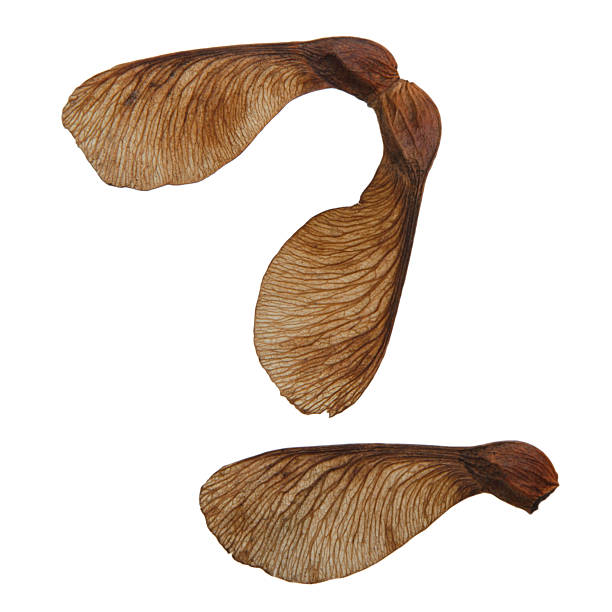How does a tree (or any plant, really), know to evolve to produce a delicious fruit or a poison berry, a seed inside an impenetrable shell, or invent a type of flying machine, in order to reproduce? (Each of these examples exists in my backyard)
How do they receive feedback about their evolutionary experiments? How do they know it worked/failed. [10]



As others have said, evolution doesn’t really work that way: an individual organism doesn’t make changes to suit its environment. Offspring aren’t carbon copies of their parents, there’s variation of pretty much every attribute. Most attributes don’t really impact survivability, but sometimes they do. If certain things tend to result in an organism surviving to reproduce better than other things, those traits get reinforced and are more likely to be passed on. Over lots and lots of generations, you can end up with pretty much every organism in that species having that trait, and that trait getting more and more pronounced.
In our effort to disillusion people of the idea that evolution has a purpose or conscious hand, we over-simplify things, though. Plants actively (but not consciously) shape their own evolution through complex molecular and genetic mechanisms. They can respond to environmental stresses by altering their DNA methylation patterns, potentially priming future generations for similar conditions. Plants also engage in niche construction, modifying their surroundings in ways that influence their evolutionary trajectory. For instance, they can change soil chemistry through root exudates, creating new selective pressures for themselves and their offspring. Plants participate in intricate co-evolutionary relationships with pollinators, herbivores, and other organisms. These interactions create dynamic fitness landscapes that drive reciprocal evolutionary changes. While not “inventing” traits in a deliberate sense, plants possess sophisticated genetic tools - such as whole genome duplications, transposable elements, and adaptable gene networks - that allow for rapid evolutionary innovations. These mechanisms enable plants to continually adapt and evolve, even without conscious intent or direct feedback.
I’m not familiar with those things but, if that’s all accurate, aren’t those abilities themselves things that were naturally selected for?
Plants with more flexible and responsive genetic systems were better able to adapt to changing environments and thus more likely to survive and reproduce, so yeah. However, the basic building blocks of these systems - DNA replication, gene expression, and the fundamental biological processes arose from simpler chemical and physical interactions that were likely governed by principles of self-assembly and thermodynamics. The primary drivers are different at different levels of abstraction and complexity, and there’s dynamic interaction across levels.
Thermodynamics -> Natural Selection -> Responsive (Epi)Genetics -> Memetics -> Metamemetics (probably?)
We “boil things down” to Natural Selection or Thermodynamics as is convenient for communication, but the higher levels affect the lower as well. So we can’t really reduce them like that without losing important information.